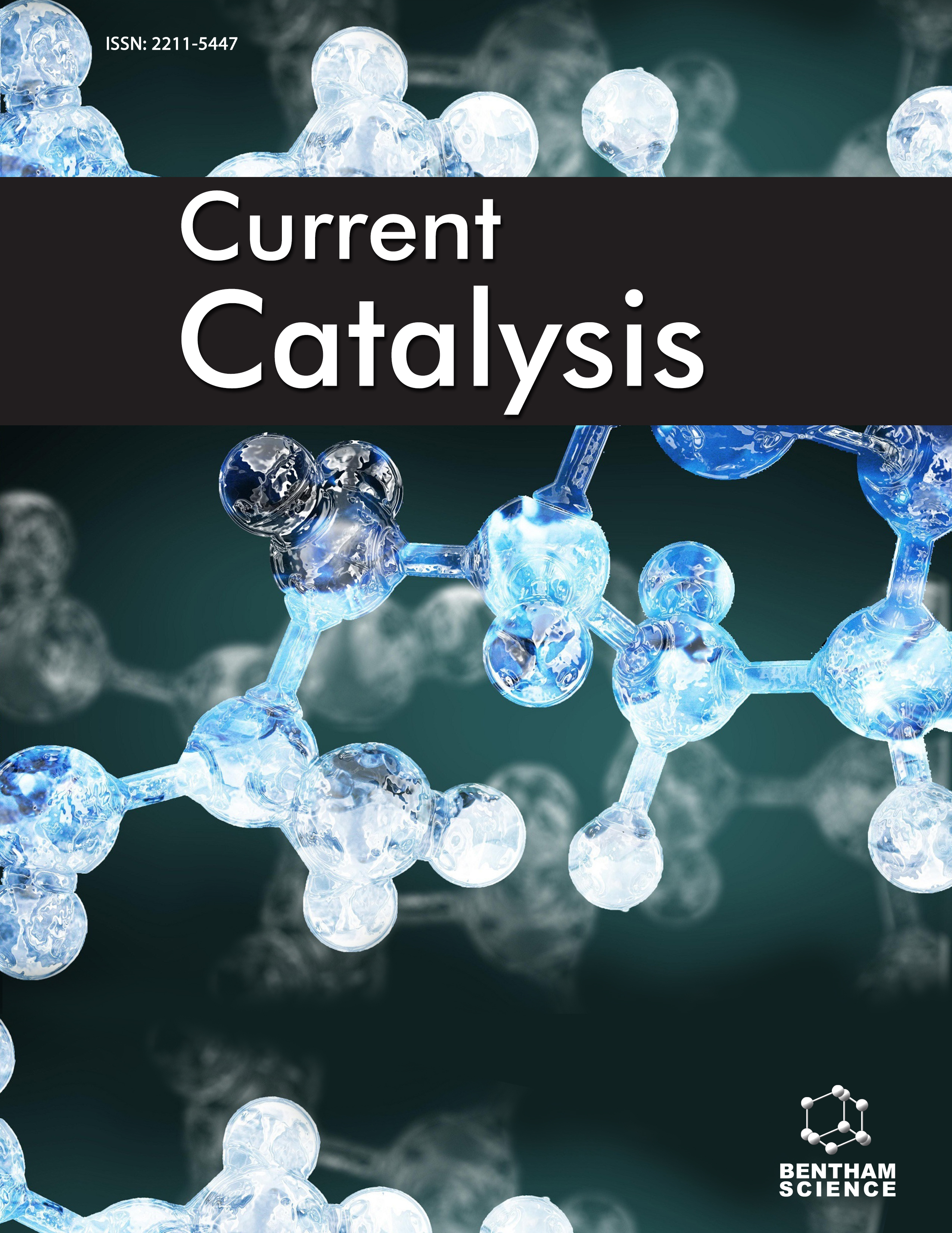
Full text loading...
We use cookies to track usage and preferences.I Understand
A four-coordinate ruthenium(II) quinoxaline Schiff base complex with formula [Ru2LCl2].H2O has been synthesized and characterized. The hydrogenation of benzene and toluene using this complex as a catalyst was studied in a semi-batch reactor.
At 60℃ with 2.82 × 10-6 mol catalyst and 30 bar hydrogen pressure, turnover frequencies 7362 h-1 and 5873 h-1 have been found for the reduction of benzene (0.34 mol) and toluene (0.28 mol), respectively.
Both partial and complete reduction occurs with more selectivity for the formation of completely reduced products. The initial rate approach was used to study the kinetics of benzene hydrogenation, and the reaction was discovered to be first order with regard to benzene and the catalyst, while following Michaelis-Menton kinetics with respect to dihydrogen.
This kinetic data proposed an intermediate hydride/dihydrogen complex as the catalytically active species which controls the overall hydrogenation rate.

Article metrics loading...

Full text loading...
References


Data & Media loading...

